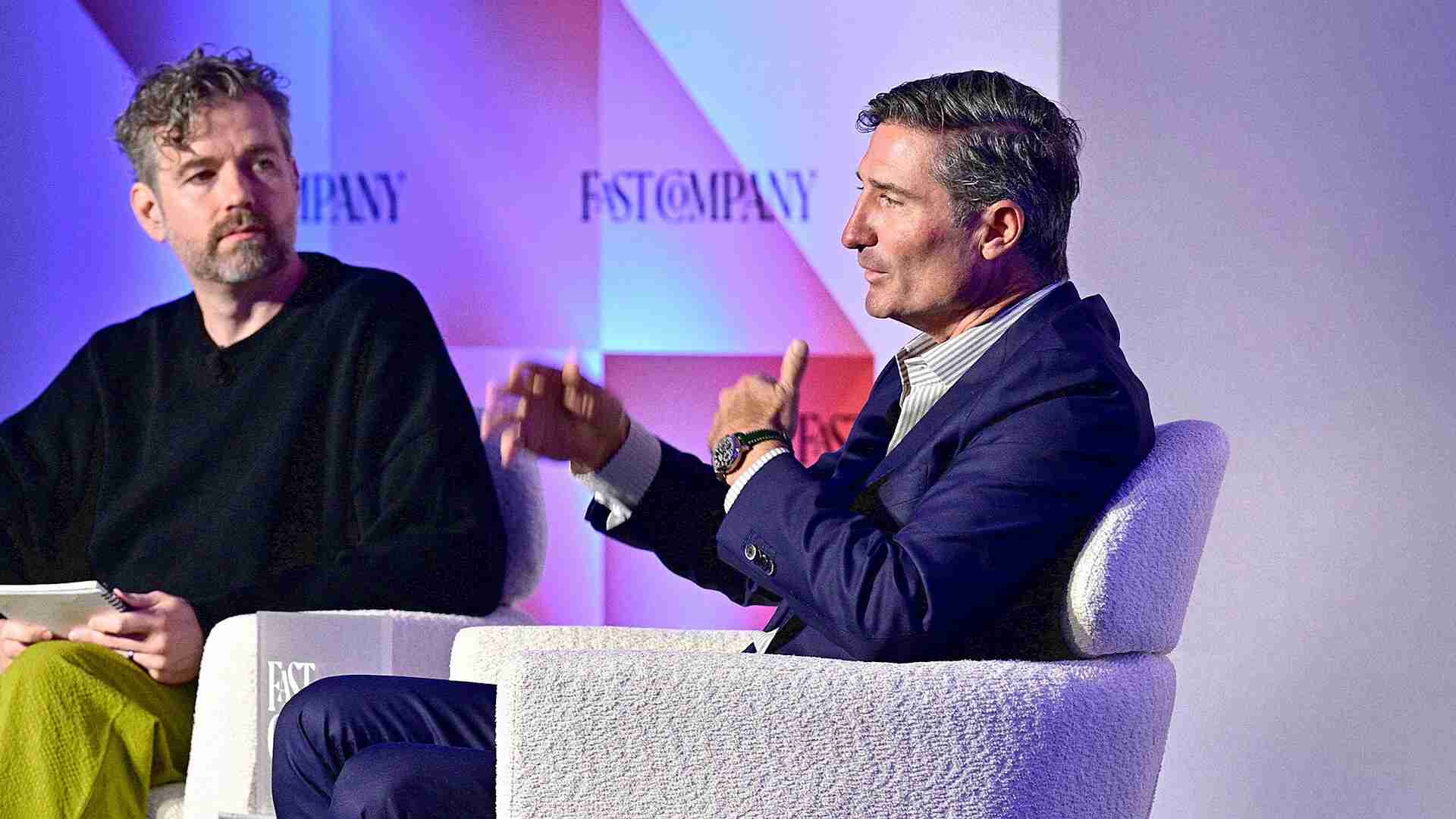- | 8:00 am
Make New Year’s resolutions your company can keep
How to go from moment to movement on the path to lasting change.

If you are an executive planning for 2024, your scenario planning likely still includes the dreaded “R” word (recession), or at least predictions of slower growth. Add to that the continued emphasis on profitable growth, now the gold standard for business outcomes, and there is no shortage of proposed change initiatives on the table. Effectively the equivalent of New Year’s resolutions for companies, the real challenge is how to get your company to commit to the change that will yield break-through performance.
Change is hard. Even companies that “check all of the boxes”—strong product-market fit, solid balance sheet, cash flow positive, and a reliable roadmap—can still struggle to reach their performance potential. In these cases, change is most likely needed at the complicated intersection of people and performance.
While identifying the need for change is an important moment, far more challenging is delivering on the promise. Before we dismiss change as the “soft stuff,” research has found that “companies that solve the soft stuff are more than twice as likely (from 30% to 79%) to execute a strategy successfully.”
True movement along the path to lasting change starts with organization-wide commitment to both the process and infrastructure necessary for change to take root and flourish. Challenging? Yes. But I’m here to report that it can be done and that the rewards are worth the discipline.
A TWO-YEAR TURNAROUND THAT CONTINUES TO PAY DIVIDENDS
Having worked on many large-scale organizational turnarounds, I am inspired by the transformational change that has taken hold at Valimail. We have seen huge swings in the indicators that matter, all during a period of macroeconomic volatility, including doubling revenue per employee while cutting costs by 20%, stabilizing our retention rate (from 30% to 90%), and increasing our Employee Net Promoter Scores by 63 points (a measure of employee satisfaction). We’ve been able to deliver on the promised change, because we identified and rectified the building blocks for long-term, sustainable performance.
Here are the fundamental steps we took that can help any organization elevate business performance through systematic change.
Engineer the motivation
The precursor to any lasting change is motivation—an often unspoken element that is both uniquely individual and largely emotional. You may have a clear change strategy, but how well is the team aligned behind that strategy? A recent report found that just since last year, emotional commitment to change dropped by 19%. It is important to go into a change initiative with your eyes wide open to the possible roadblocks to execution, including the very real challenge of low motivation.
For example, one executive may need you to cast the work in their preferred language of finance. A second executive, highly motivated by generating new ideas, may need to be tapped as a co-creator to be motivated. And for a third, a newly promoted executive, inspiration may be rooted in knowing there will be a commitment to leadership development coaching as part of the initiative. It may take unique paths to get to the same starting line, but all executives must be motivated to take on the change in earnest.
Build and teach the ‘how to‘
Change is not an announcement, but a difference in the way people conduct business every step of the way. Change happens only when it is built into the organization’s systems and infrastructure in a way that ties back to company purpose (how we behave) and company strategy (our shared outcomes).
Don’t assume your leaders are prepared to meet the challenge of implementing the needed change. Many leaders may be asked to perform in a new way and shift their mindsets around getting things done. It is important to also take a look at your performance management processes, to ensure you are rewarding your teams on both what they achieve and how they achieve it. While this type of rigor takes effort to maintain, it is worth it to ensure that teams are performing effectively for the long term.
Communicate for commitment
The importance of communication is generally well understood. But in the world of transformative change, a special kind of communication is needed. It is not enough to have a quarterly, all-hands meeting that shows financial results, which are historical by definition.
To keep people committed to change, identify all of the activity metrics that give rise to your target outcomes along the way—the activities that individual employees can see themselves contributing to as part of the larger initiative. At Valimail, we revamped our employee communications program to mirror a “mini MBA.” Here we provide transparency on a range of metrics that show the health of our business on our way to our ultimate goals, from sales pipeline to expense ratios to employee turnover, keeping us committed to a continuous cycle of putting change into practice.
If you want to build your 2024 plans on a model for lasting change, this is the moment to revise your thinking. It is time to embrace the reality that the “soft stuff” is the hard stuff. Because of this, you must demand the same level of rigor and discipline on the people side of the business as you do on the operational side. There is no substitute for making the case for change, living it, and tracking the results on your way to a new level of performance.








































